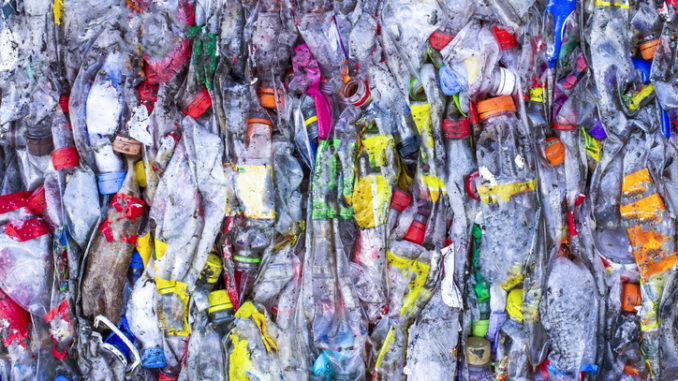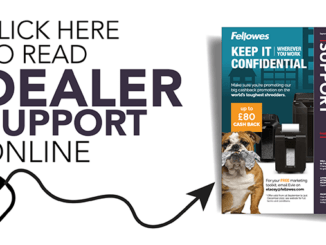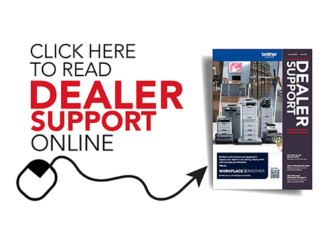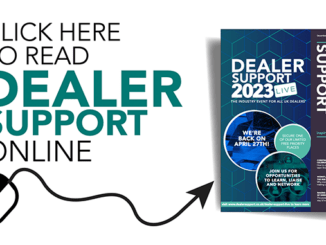
Reducing plastic and paper waste has become a more urgent priority for office supplies manufacturers in recent years, and as tough targets for reducing packaging and increasing the recycling of it are implemented by the government they are coming up with innovative solutions to the problem.
Concerns over the environmental effect of plastic packaging waste have been growing for years, and the government is now taking the problem seriously. In 2018, under then prime minister Theresa May, the government revealed its strategic ambition to ‘…work towards all plastic packaging placed on the market being recyclable, reusable or compostable by 2025.’ This supported other commitments to improve the environment in the coming years, including an ‘ambition’ of zero avoidable waste by 2050 and a ‘target’ of eliminating avoidable plastic waste by end of 2042.
The UK government’s December 2018 Resources and Waste Strategy contained several polices aimed at reducing plastic waste, including a plastic packaging tax, which is set to begin in 2022. This, along with growing consumer awareness of the effects of plastic and other forms of waste on the environment, is driving demand for new packaging solutions.
“With an estimated 400 million tonnes of plastic waste being generated worldwide every year, a third of which is packaging, the demand for offering more sustainable solutions is intensifying as end users are becoming increasingly aware of future ecological impacts,” Lawrence Savage, marketing manager at ExaClair Ltd, notes.
Lawrence adds that working from home is also driving this. “In a recent IPSOS survey 75% of UK remote workers highlighted their preference for having a home office environment that features eco-friendly credentials as being an important, to very important, factor, second only to comfort (90%). Thus,this is a significant concern that dealers should look to address when offering suitable recommendations to their customers seeking products that form part of a circular economy.
“Modern advances in plastic manufacturing technologies across the industry have helped offset the costs involved in related production developments – something which many suppliers would’ve found more prohibitive in the not-too-distant past. Additionally, the use of alternative packaging materials, such as Kraft paper and card from sustainable forestry sources, is becoming an increasingly common practice.”
According to Lawrence,the environment has always been a consideration at ExaClair. “By utilising our production operations, we are continuing to develop new innovations within our product design and manufacturing processes. Many of our product ranges already adhere to strict environmental accreditations, such as FSC, PEFC and the Blue Angel label, which focus on areas of sustainability and the use of recycled materials, including plastic waste.” He adds that ExaClair has a growing range of climate neutral and recycled products and are also developing a new range of zero plastic filing for 2021.
Holistic view
For Dr Liz Wilks, EU director,sustainability, and stakeholder at APP, packaging and materials need to be viewed holistically. “With plastic, you can extract it from the earth responsibly, but you can’t get away from the fact it cannot be replaced,” she says. “You can have biodegradable plastics that can be repurposed as pellets, and put back into the system, but you have to do something fundamental to ensure it doesn’t end up in the ocean and other [places] because there are implications of how it will biodegrade.
“But if you want a global supply chain, sometimes you have to use plastics and you have to weigh up the functionality of what you are trying to do with what you are using. With paper, it is a renewable resource, it is well-managed sustainably in the way it is grown and replaced and is an infinite resource.
“Paper can also be recycled and repurposed seven times – from virgin paper right through to packaging – so it has a longer product extension through different purposes. Even at the end, cardboard can be used for artwork and lots of different things.
“However, in terms of packaging if you don’t need it, then don’t have it. The first thing is to reduce it if it is not essential; but if it is a key part of the functionality of the product then paper packaging is one of the easiest options as you don’t have to transform the supply chain. Plastics do have their place; their life can be extended,and there needs to be innovative solutions to reuse and repurpose materials that are already in circulation.”
Becoming more sustainable
This desire to be more sustainable is driving innovation and change in the industry. For example, packaging company Sealed Air announced in October 2018 its sustainability and plastics pledge to design and advance its packaging solutions to be 100% recyclable or reusable by 2025. The company pledged to accelerate its use of recycled materials, expand reuse models for packaging and collaborate with partners worldwide to ensure execution.
As part of Sealed Air’s drive to meet this pledge the company has launched a new range of Sealed Air brand Mail Lite mailers. These contain more recycled content than any similar product on the market, according to the company. The outer paper sleeve comprises FSC certified, non-coated Kraft paper from responsible forestry, while the inner Sealed Air brand AirCap bubble liner contains a minimum of 60% recycled material. Furthermore, the inner liner can be detached from the outer bubble sleeve, and each component can then be separately reused or recycled in the appropriate waste stream.
“With e-commerce on the rise, people are increasingly choosing to use mailers over larger packaging alternatives such as corrugated boxes – saving time, energy, space and, in some cases, around 35% in postal costs,” says Mirella Andriano, portfolio manager at Sealed Air.
To help ensure its products are recycled, consumers are given clear recycling instructions on the back of each Sealed Air Brand Mail Lite envelope. “We’re extremely proud to be setting the benchmark for environmentally-responsible mailers that are designed for recycling,” adds Mirella.
Cutting plastic use
Meanwhile other companies are concerned with cutting their use of plastic packaging and single-use plastics, although concerns around COVID-19, coupled with the immediate need for businesses to get orders out of the door quickly, has seen this issue take a back seat in the past nine months, according to paper and packaging solutions provider Antalis’ head of business development, John Garner.
“It’s been a case of act now, worry about the fallout later,” he says. “2021 is the time for businesses, and the public, to refocus on this very important issue. While a lot of businesses have shifted from plastic to paper packaging, other non-wood fibre sources need to be found to support the transition away from plastics. At Antalis, we’re working on a number of projects to see how we can develop packaging products made from sustainable sources.
“We are continuously working on reducing our own environment impact as a business, as well as helping our customers to minimise theirs. Using the services of our Smart Packaging Centre we can carry out a review of any packaging operation and create solutions to improve sustainability for any business.”
Tax preparation
Antalis is also busy preparing for the plastic packaging tax, John adds. “It’s something that will need to be accelerated over the next 12 months with the new plastic packaging tax scheduled to be implemented in April 2022.” The new tax will see manufacturers and importers paying £200 per tonne on packaging materials made from less than 30% recycled plastic. John says that, for many Antalis customers, packaging film is one of the biggest contributors to their plastic waste so the company is looking at ways to help them reduce this through achieving better yields – plus, Antalis will be continuing its research into other options. “We’re currently looking at a solution using recycled film, for example,” he says.




Be the first to comment